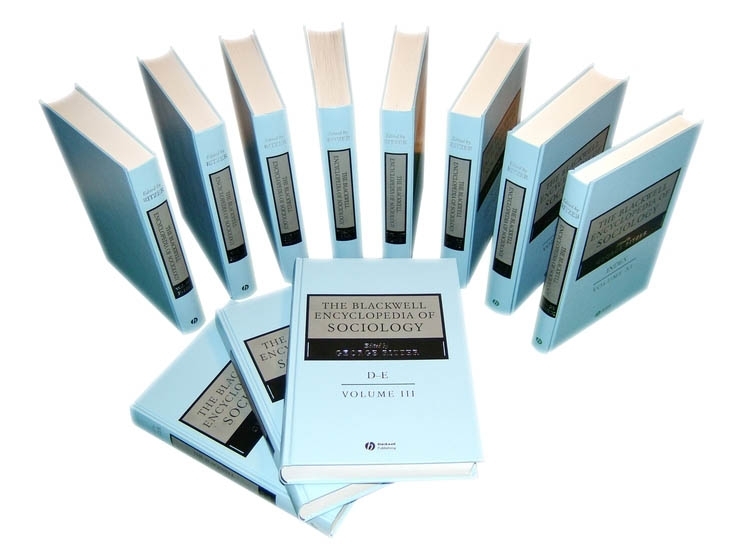Employment Status Changes
Abstract
The three decades that followed the end of World War II are often referred to by social scientists as the “golden age of capitalism” in Europe and North America. This period of relative peace was marked by rising living standards and high levels of employment within societies where the “traditional” family structure still held sway. In this environment, individual employment status changes were fairly few: Men moved into a job or career following education and retired sometime around the age of 60, while women moved out into full-time motherhood at the birth of their first child. This “golden age” began to unravel in the 1970s as widespread changes in attitudes changed behaviors and high oil prices increased inflation and constrained growth. By the early 1980s, the labor markets of western industrial nations were very different from earlier decades, with high levels of structural unemployment and an increasing “feminization” of the labor force as women sought to combine marriage and childbirth with a job or career. In this new environment, simple models of a homogeneous “life cycle” were replaced by more complex and dynamic understandings based on the “life course,” where uncertainty and instability were the norm and individuals experienced multiple employment status changes across their life.



